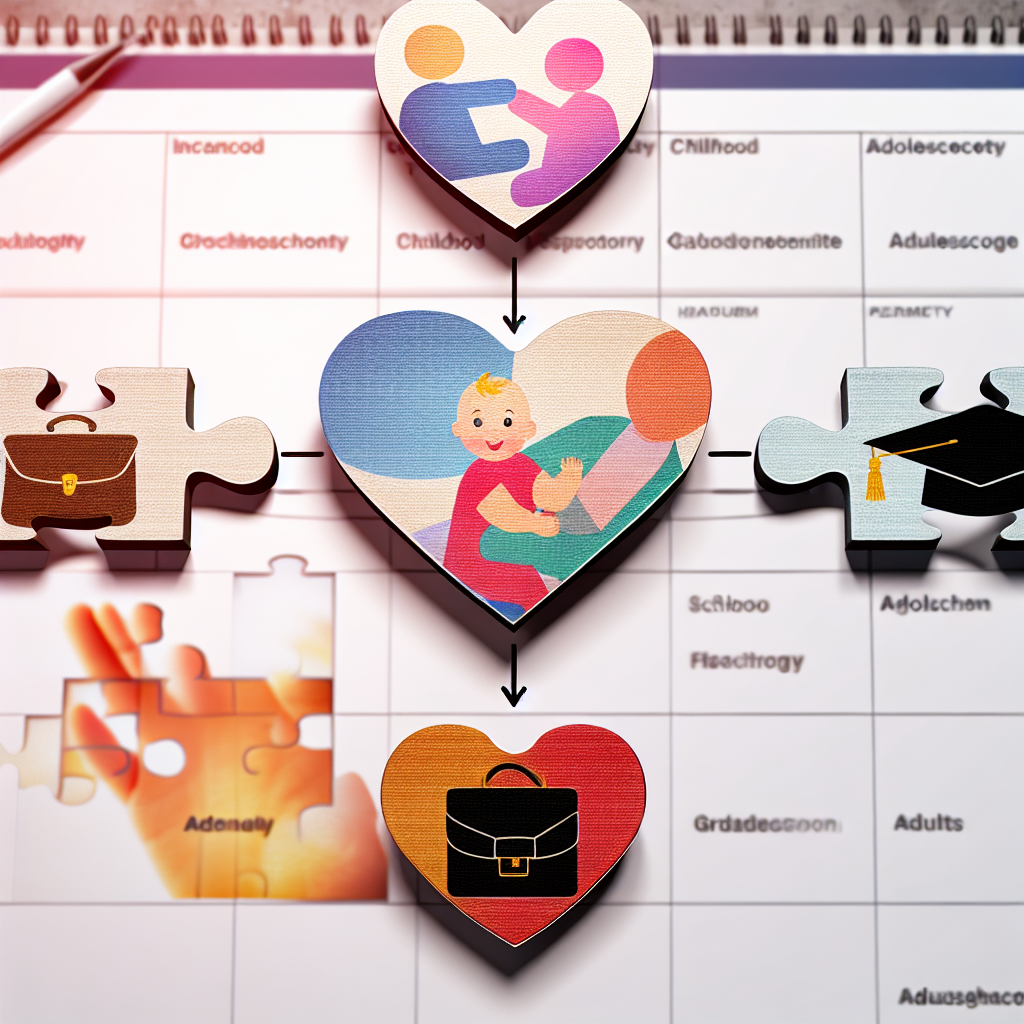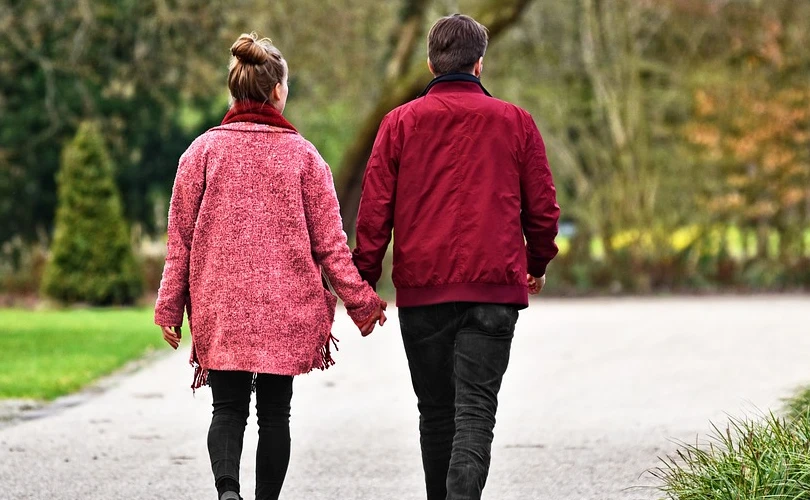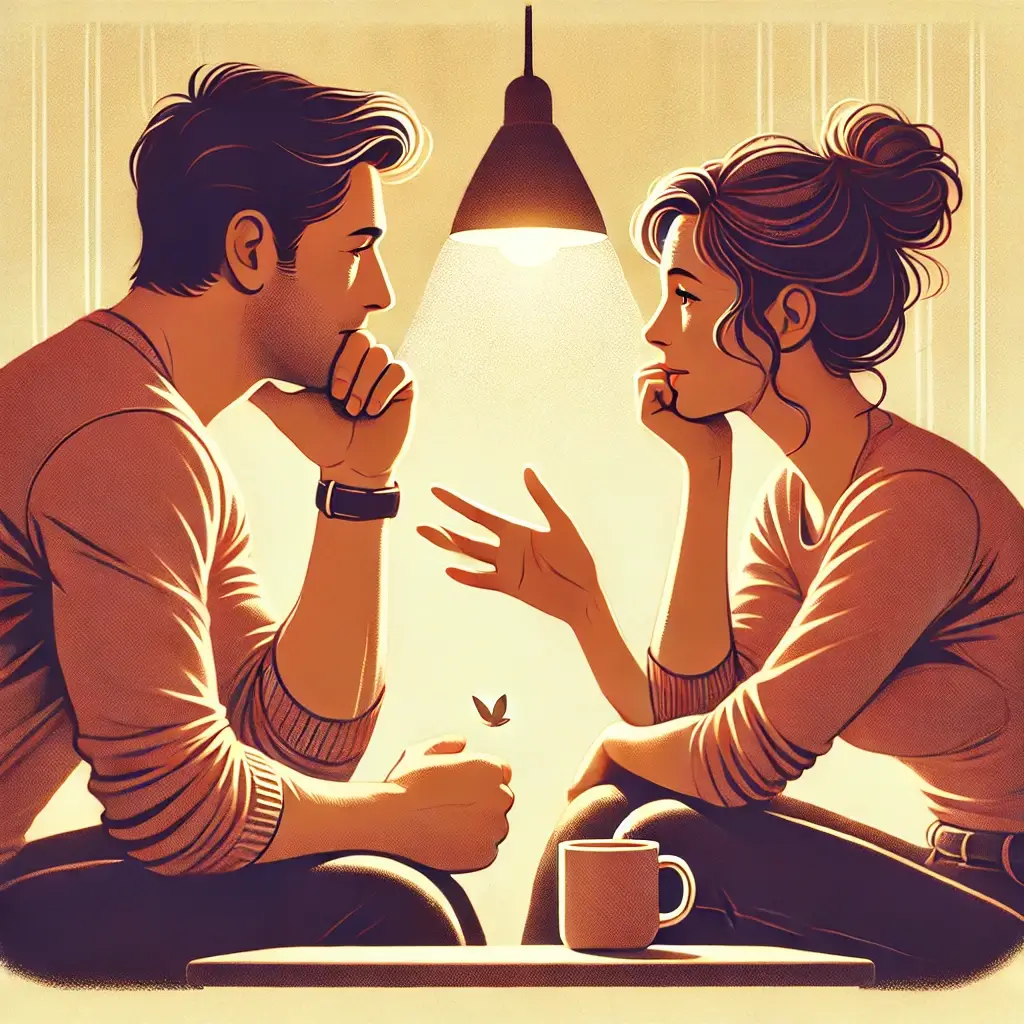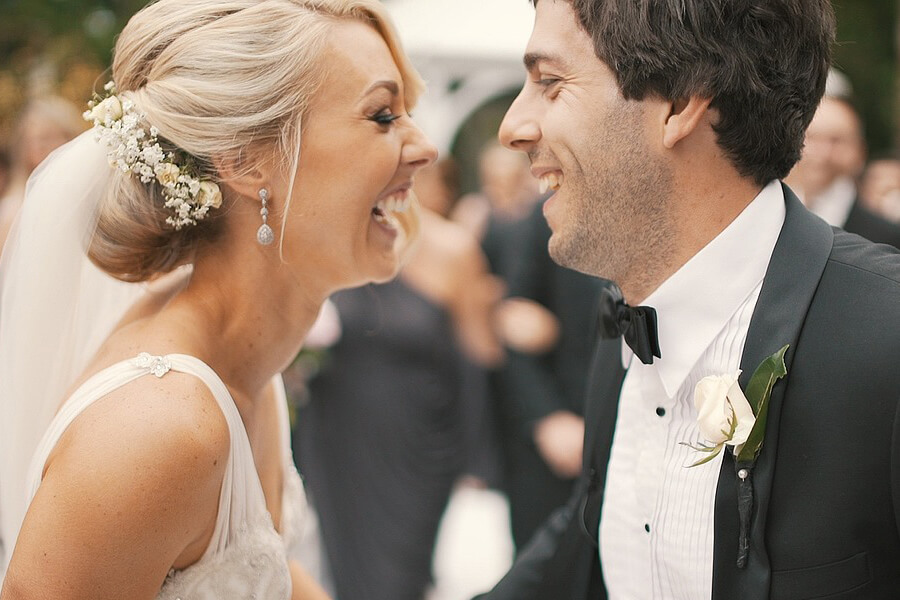How Your Attachment History Shapes Your Dating Style
When it comes to dating, we often chalk our successes and struggles up to chemistry, timing, or compatibility. Yet, beneath these surface-level explanations lies a deeper psychological framework that influences how we connect with others: our attachment history.
Attachment theory suggests that the ways we bonded with our primary caregivers as children form the blueprint for our adult relationships. Understanding your attachment history can illuminate patterns you may otherwise be blind to—patterns that affect your dating preferences, communication style, emotional availability, and even conflict resolution tactics.
The Psychology Behind It All: How Attachment Theory Impacts Your Love Life
Attachment theory was first developed by British psychologist John Bowlby in the mid-20th century and later expanded by researcher Mary Ainsworth through her famous “Strange Situation” study in the 1970s. Bowlby proposed that early interactions between infants and caregivers impact psychological development profoundly, particularly the ability to form emotional bonds. Ainsworth’s research identified distinct attachment styles among children, which could be observed when separated and reunited with their caregivers.
Fast forward to today, and numerous studies confirm that adult romantic relationships mirror these early bonds. A pivotal 1987 study by Cindy Hazan and Phillip Shaver found that adults categorize themselves into similar attachment styles (secure, anxious, avoidant) as identified in childhood studies. Their research suggested that individuals’ beliefs about themselves and others, originating from childhood relationships, guide their expectations for adult romantic partners.
Further, a 2016 study published in “Frontiers in Psychology” indicated that individuals with secure attachment styles experience higher relationship satisfaction, better communication, and more adaptive conflict management compared to those with insecure styles. Conversely, people with anxious attachment tend to show heightened sensitivity to relationship threats, leading to clinginess or preoccupation with a partner’s availability. Those with avoidant attachment often suppress emotional needs, leading to difficulties with vulnerability and intimacy.
Modern Love Is Digital: How Attachment Styles Show Up Online
Another layer of attachment research explores how these styles operate in online dating environments. A 2020 study in “Computers in Human Behavior” found that individuals with anxious attachment tendencies were more prone to feeling distressed over perceived online rejection, while avoidant individuals preferred casual, low-investment interactions.
This suggests that our digital dating habits aren’t separate from our psychological wiring—they’re deeply intertwined with them. Dating apps, social media flirting, ghosting, and instant communication can magnify both insecurity and avoidance, depending on your underlying attachment patterns.
Understanding how your attachment style interacts with digital dating environments can provide a major advantage. It allows you to respond rather than react, maintaining your emotional balance even in a world where dating can often feel overwhelming.
Good News: You Can Heal and Move Toward Secure Attachment
Moreover, emerging evidence shows that attachment styles can evolve over time. Positive relational experiences, therapy, and conscious inner work can help individuals move toward a more secure attachment profile.
This flexibility offers immense hope for anyone feeling trapped by their relational history. Dating is not just about finding the right person—it’s equally about healing and reshaping your attachment patterns for healthier connections.
With greater self-awareness, targeted emotional growth, and intentional relationship practices, you can write a new love story rooted in trust, intimacy, and security.
Conclusion: Rewrite Your Love Story by Understanding Your Attachment Blueprint
Your attachment history is not a life sentence—it’s a living, evolving narrative that you have the power to understand and transform. Recognizing how your early emotional experiences influence your dating behaviors can open doors to healthier, more fulfilling relationships.
By embracing greater self-awareness and engaging in personal growth, you can break free from old patterns and build the kind of romantic connection you truly deserve. Whether you’re 18 or 80, it’s never too late to write a new love story.
References
– Bowlby, J. (1969). *Attachment and Loss. Volume I: Attachment.*
– Hazan, C., & Shaver, P. R. (1987). Romantic love conceptualized as an attachment process. [Journal of Personality and Social Psychology](https://psycnet.apa.org/doi/10.1037/0022-3514.52.3.511)
– Mikulincer, M., & Shaver, P. R. (2007). *Attachment in Adulthood: Structure, Dynamics, and Change.*
– Karakurt, G., & Silver, K. E. (2016). Emotional regulation and attachment: How they relate to relationship quality. [Frontiers in Psychology](https://www.frontiersin.org/articles/10.3389/fpsyg.2016.01452/full)
– Blackwell, D., Leaman, C., Tramposch, R., Osborne, C., & Liss, M. (2020). Extraversion, neuroticism, attachment style and fear of missing out as predictors of social media use and online relational dissatisfaction. [Computers in Human Behavior](https://www.sciencedirect.com/science/article/abs/pii/S0747563220300840)
**Featured Snippet/SEO Meta Description:**
Understanding your attachment history can illuminate patterns that affect your dating preferences, communication style, emotional availability, and even conflict resolution tactics. By embracing greater self-awareness and engaging in personal growth, you can break free from old patterns and build the kind of romantic connection you truly deserve.
**Suggested Tags:**
– Attachment theory
– Attachment styles
– Dating and relationships
– Online dating
– Relationship psychology
– Personal growth
**100-Word Concise Summary:**
Your attachment history, shaped by early childhood experiences, profoundly influences your adult dating behaviors and relationship dynamics. Recognizing your attachment style (secure, anxious, avoidant, or fearful-avoidant) can provide powerful self-awareness and help you make more conscious partner choices. Understanding how your attachment blueprint interacts with modern digital dating environments is also crucial, as online interactions can magnify both insecurity and avoidance. The good news is that attachment styles can evolve over time through personal growth work. By embracing self-awareness and targeted emotional healing, you can rewrite your love story and build the healthy, fulfilling relationships you deserve.

Dominic E. is a passionate filmmaker navigating the exciting intersection of art and science. By day, he delves into the complexities of the human body as a full-time medical writer, meticulously translating intricate medical concepts into accessible and engaging narratives. By night, he explores the boundless realm of cinematic storytelling, crafting narratives that evoke emotion and challenge perspectives. Film Student and Full-time Medical Writer for ContentVendor.com




